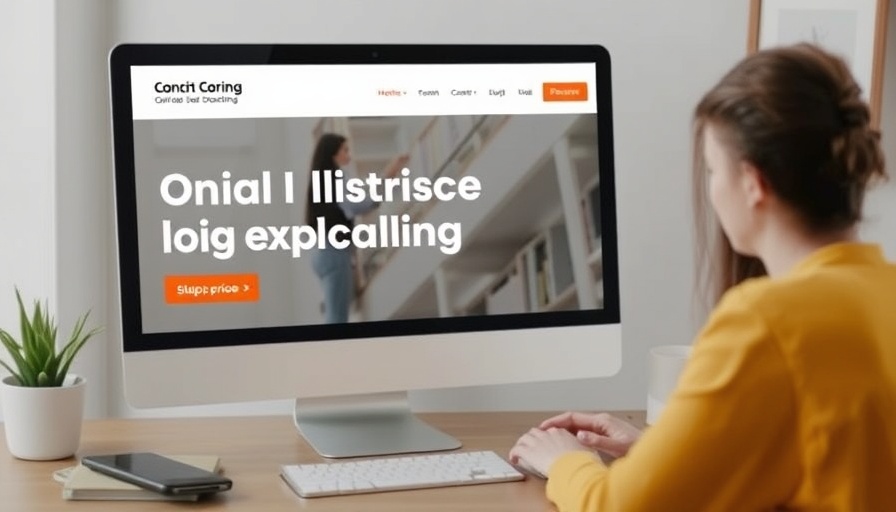
The Importance of a Signature Offer for Coaches
In today’s competitive coaching landscape, having a distinct signature offer is more than just beneficial—it’s essential. Coaches, especially those in the education sector like teachers and education leaders, often face unique challenges in defining their value propositions. A signature offer not only clarifies your strengths but also resonates with the specific needs of your clients. This alignment helps in attracting the right audience and maximizing impact.
Understanding Your Strengths and the Needs of Your Clients
Your coaching practice should reflect both your individual strengths and the requirements of your clients. Identifying these strengths allows you to create an offer that stands out. For example, a teacher who excels in organizational skills may find success in offering time management coaching to fellow educators. By aligning your skills with client needs, you create a compelling case for prospective clients—making your signature offer a practical solution to their challenges.
Crafting a Memorable Signature Offer
Creating a memorable signature offer involves more than just outlining services. It’s about framing your offering in a way that addresses specific problems and provides clear solutions. Utilize storytelling to convey the journey of transformation your clients might experience. For instance, if you've assisted a colleague in overcoming classroom management issues, share that story in your marketing materials. Highlight the problem, your unique approach, and the positive outcome that followed.
Fun Anecdotes: Learning from Experience
Sharing personal anecdotes can significantly enhance your connection with potential clients. For example, when I started out in my career, I offered numerous coaching options without defining a clear signature offer. My first breakthrough came when I tailored my services based on a former student’s needs. By channeling my experience into a focused offering, I not only boosted my business but also delivered targeted solutions that changed lives. Anecdotes like this lend credibility and relatability to your practice.
Choosing the Right Modality and Service
Exploring various modalities (like one-on-one coaching, workshops, or online courses) is crucial when defining your signature offer. Each modality should serve a specific purpose that aligns with both your strengths and the needs of your target audience. As an educator, integrating your signature offer into existing professional development frameworks can diversify your engagement and create additional opportunities for clients to connect with you.
Future Insights: Trends in Coaching
Looking ahead, the coaching industry is likely to see a growing demand for niche services that help clients navigate the complexities of education and beyond. To stay relevant, coaches need to adapt their signature offers to reflect these trends. Ways to prepare include continuing education, staying informed about industry changes, and soliciting feedback from clients to continually refine your offerings.
Actionable Tips to Create Your Signature Offer
As you begin crafting your signature offer, consider these actionable tips: 1) Identify your unique strengths, 2) Understand and address your client’s specific needs, 3) Frame your offer around the solutions you provide, and 4) Utilize storytelling to create an emotional connection. Remember, it’s not just about what you offer; it’s about how it makes your clients feel.
So, if you're ready to take your coaching business to the next level, focus on developing a signature offer that reflects your unique coaching style and speaks directly to the needs of your clients. This clarity will not only make your practice more impactful but also ensure you establish a lasting connection with those you serve.
Call to Action: Start reflecting on your unique strengths today and think about how you can create a signature offer that encapsulates these qualities while solving specific problems for your clients. Your journey towards a distinct signature offer begins now!
 Add Row
Add Row  Add
Add 




Write A Comment